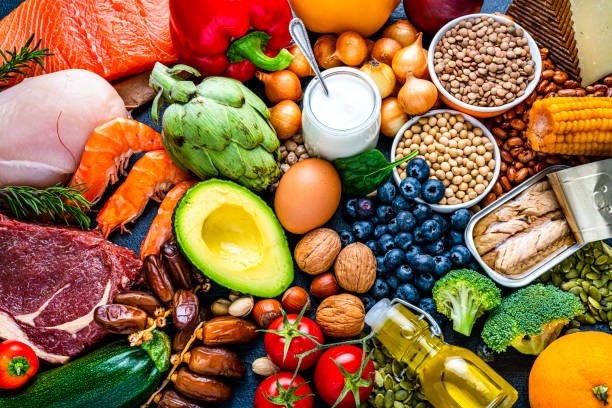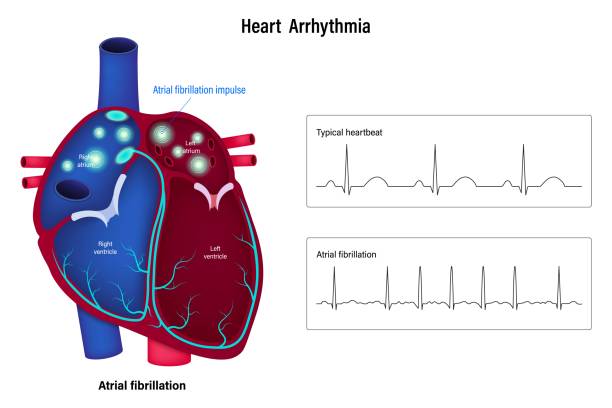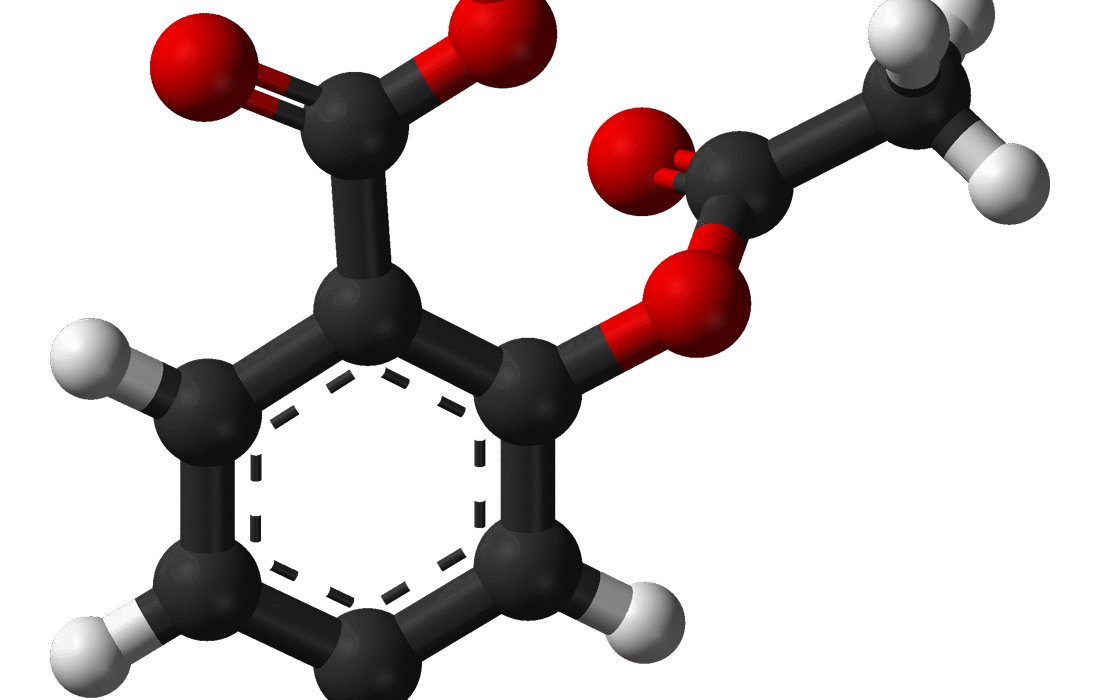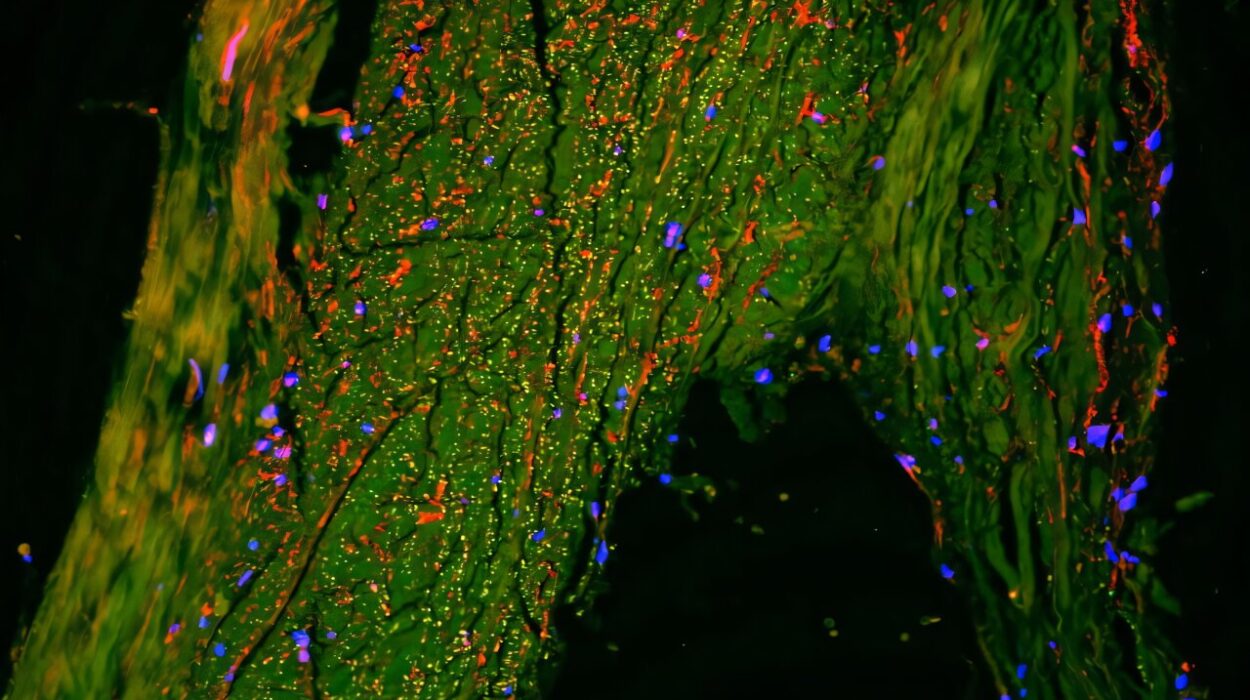Cholesterol. The very word tends to spark concern. For decades, it has been painted as the villain behind heart attacks and strokes, plastered on every health article, diet chart, and medication bottle. But in truth, cholesterol isn’t inherently bad. It’s a waxy, fat-like substance that’s essential for building cells, producing hormones, and aiding digestion. The real issue lies in balance—specifically, the balance between LDL (low-density lipoprotein) and HDL (high-density lipoprotein).
LDL is commonly dubbed “bad” cholesterol because it can build up in artery walls, forming plaques that narrow or block blood flow. HDL, on the other hand, is the “good” cholesterol, as it helps transport LDL away from the arteries and back to the liver, where it can be processed and removed from the body.
The million-dollar question, then, is how to tip the scales in favor of HDL while lowering LDL. Statins, the most commonly prescribed cholesterol-lowering drugs, do their job. But they also come with a range of side effects, from muscle pain to liver damage. That’s where nature steps in—with a pantry full of foods that don’t just fill your stomach, but heal your arteries too.
In this journey through taste, texture, and heart health, we’ll explore the science, the stories, and the delicious ways to lower cholesterol naturally. It’s not about denial. It’s about choosing food that loves you back.
Understanding Cholesterol: Friend and Foe
Before we dive into the kitchen, it’s worth understanding cholesterol on a deeper level. Our bodies produce cholesterol in the liver, and we also get some from the foods we eat—especially those high in saturated fat and trans fats. However, dietary cholesterol (like from eggs) plays a smaller role in blood cholesterol levels than once thought. The bigger culprits? Saturated fat, trans fat, sugar, and lack of fiber.
There are three key cholesterol players:
- LDL (Low-Density Lipoprotein): Carries cholesterol to tissues, including arteries. High levels increase heart disease risk.
- HDL (High-Density Lipoprotein): Carries cholesterol away from the arteries and back to the liver for disposal. High levels are protective.
- Triglycerides: Not cholesterol, but often grouped in the same tests. High levels of these fats also raise heart disease risk.
Natural cholesterol-lowering foods work in several ways: they may reduce the absorption of cholesterol in the gut, decrease LDL levels, increase HDL levels, or lower triglycerides. Best of all, these foods don’t act in isolation. They work synergistically to reduce inflammation, improve blood pressure, and support weight control—factors all connected to cardiovascular health.
Oats: The Breakfast of Artery Champions
Start your morning with oats and you’re already on the right track. Oats contain a type of soluble fiber called beta-glucan, which forms a gel in the digestive tract. This gel binds to cholesterol in the gut and drags it out of the body before it can be absorbed into the bloodstream.
Studies show that consuming 3 grams of beta-glucan daily (found in about 1.5 cups of cooked oatmeal) can reduce LDL cholesterol by 5 to 10%. That’s not just a small nudge—it’s a noticeable improvement that adds up over time.
Oats are also incredibly versatile. Don’t like porridge? Try overnight oats, oat smoothies, or oat-based energy bars. Mix them with cinnamon, berries, or nuts for flavor and additional heart benefits.
Nuts: Tiny Packages, Big Protection
Nuts are one of nature’s most nutrient-dense foods. Almonds, walnuts, pistachios, and pecans are rich in unsaturated fats, which help lower LDL while preserving or even raising HDL levels. They’re also loaded with plant sterols—compounds that mimic cholesterol structurally but block its absorption in the gut.
Walnuts, in particular, contain alpha-linolenic acid, a plant-based omega-3 fatty acid with powerful anti-inflammatory effects. Regular consumption of nuts has been associated with a reduced risk of heart disease, even when eaten daily in small handfuls.
Just remember: nuts are high in calories, so portion control matters. A small handful (about 1 ounce) per day is the sweet spot for cholesterol-lowering benefits without weight gain.
Legumes: Fiber-Packed Powerhouses
Beans, lentils, and chickpeas aren’t just for vegetarians. They’re fiber-rich, protein-packed, and incredibly heart-friendly. One cup of cooked legumes can provide up to 16 grams of fiber—much of it soluble fiber that binds to cholesterol.
But there’s more. Legumes are low on the glycemic index, meaning they don’t spike blood sugar, and they’re excellent for maintaining healthy weight and insulin levels—both important for overall heart health.
Try adding black beans to your tacos, chickpeas to your salads, or lentils to your soups. You’ll feel fuller longer, reduce your cholesterol, and add delicious variety to your diet.
Avocados: Creamy, Green, and Cholesterol-Lowering
Avocados are unique among fruits. They’re rich in heart-healthy monounsaturated fats that help lower LDL and raise HDL. They also contain beta-sitosterol, a plant sterol that helps block cholesterol absorption.
In one study, people who ate one avocado per day for five weeks saw significant reductions in LDL cholesterol, especially the small, dense LDL particles that are most damaging to arteries.
Spread avocado on whole grain toast, add it to smoothies, or enjoy it in guacamole. It’s creamy, satisfying, and one of the most delicious ways to support your heart.
Fatty Fish: Omega-3s to the Rescue
Fatty fish like salmon, sardines, mackerel, and trout are high in omega-3 fatty acids—particularly EPA and DHA. These essential fats lower triglycerides, reduce inflammation, and can slightly raise HDL cholesterol.
While omega-3s don’t directly reduce LDL, they reduce the risk of plaque buildup and lower the likelihood of blood clots. That makes them a cornerstone of heart-healthy eating.
Aim for at least two servings of fatty fish per week. Grill them, bake them, or stir them into pasta dishes for a flavorful and protective meal.
Fruits and Vegetables: Nature’s Pharmacy
Colorful produce isn’t just good for your waistline—it’s great for your arteries too. Fruits and vegetables provide antioxidants, fiber, and plant compounds that lower cholesterol and inflammation.
- Apples, grapes, and berries contain pectin, a type of soluble fiber that lowers LDL.
- Citrus fruits offer flavonoids that prevent LDL oxidation—a key step in plaque formation.
- Leafy greens like spinach and kale are rich in lutein, a compound that helps remove cholesterol from artery walls.
- Cruciferous vegetables like broccoli and Brussels sprouts help reduce cholesterol levels and support liver detoxification.
Aim for at least five servings of fruits and vegetables per day. The more variety, the better—each color offers a different set of protective nutrients.
Whole Grains: The Unrefined Truth
Whole grains like brown rice, quinoa, barley, and whole wheat are high in fiber, especially soluble fiber, which helps reduce cholesterol absorption. Barley, in particular, is rich in beta-glucan—the same cholesterol-lowering compound found in oats.
Refined grains, in contrast, spike blood sugar and contribute little to heart health. Swap white bread, pasta, and rice for whole grain versions to support your cholesterol goals.
Whole grains also provide B vitamins, antioxidants, and trace minerals that work together to keep your cardiovascular system functioning smoothly.
Plant Sterols and Stanols: Nature’s Cholesterol Blockers
Sterols and stanols are plant compounds that structurally resemble cholesterol, allowing them to compete for absorption in the digestive system. The result? Less dietary cholesterol enters your bloodstream.
Found naturally in small amounts in fruits, vegetables, nuts, and seeds, plant sterols are also added to certain fortified foods like spreads, orange juice, and yogurt drinks.
Consuming about 2 grams per day of plant sterols or stanols can reduce LDL cholesterol by 10%—a significant impact from something you barely notice in your diet.
Dark Chocolate and Cocoa: A Sweet Surprise
Yes, you read that right. Dark chocolate—specifically chocolate that contains at least 70% cocoa—can benefit your cholesterol levels. Cocoa contains flavonoids, powerful antioxidants that help reduce LDL oxidation and increase HDL.
A small piece of dark chocolate (around 1 ounce) a few times a week may offer heart-protective benefits. Just be sure to choose chocolate with low sugar content and high cocoa content for the best results.
Garlic: The Ancient Elixir
Garlic has been used medicinally for centuries, and modern science supports its heart-health benefits. Garlic contains allicin, a sulfur compound that has been shown to modestly lower LDL cholesterol and reduce blood pressure.
You’ll get the most benefits from fresh garlic rather than supplements. Crush or chop garlic and let it sit for a few minutes before cooking to activate the allicin. Add it to soups, stir-fries, sauces, and roasted vegetables for both flavor and function.
Green Tea: Sip for Your Heart
Green tea is rich in catechins, antioxidant compounds that may help lower LDL and improve cholesterol ratios. Regular consumption of green tea has been linked with reduced heart disease risk and improved arterial function.
Replacing sugary drinks with green tea can also help reduce calorie intake and improve hydration—a win-win for your heart.
Flaxseeds and Chia Seeds: Tiny Seeds, Giant Benefits
Flaxseeds and chia seeds are high in omega-3 fatty acids, fiber, and plant lignans—all of which contribute to lower cholesterol and reduced heart disease risk.
Ground flaxseeds are especially effective because whole seeds may pass through the digestive system undigested. Chia seeds, when soaked, form a gel that slows digestion and supports satiety.
Sprinkle these seeds on yogurt, cereal, or salads, or blend them into smoothies for a crunchy, cholesterol-lowering punch.
Soy Foods: Plant-Based Power
Soybeans and soy-based foods like tofu, edamame, and soy milk have been shown to lower LDL cholesterol by reducing cholesterol absorption and increasing LDL clearance from the blood.
Replacing animal proteins with soy-based proteins a few times a week can have meaningful effects on cholesterol levels, especially when combined with other lifestyle changes.
Lifestyle Synergy: Food and Beyond
While food plays a central role in cholesterol management, it doesn’t work in isolation. Combining dietary changes with regular exercise, stress management, and smoking cessation creates a powerful synergy.
Physical activity helps raise HDL cholesterol and lower triglycerides. Even brisk walking for 30 minutes a day can improve your lipid profile. Stress reduction techniques like meditation, yoga, or deep breathing help lower cortisol levels, which can otherwise contribute to high cholesterol and inflammation.
The best approach is holistic. Choose foods that support heart health. Move your body. Care for your mind. And connect with others. These factors together create an environment where cholesterol doesn’t stand a chance.
Conclusion: Healing Through Every Bite
Cholesterol doesn’t have to be a life sentence. It can be a wake-up call—a chance to return to whole foods, natural rhythms, and conscious choices. The foods we eat are not just calories. They’re signals to our genes, messages to our cells, and nourishment to our hearts.
When you fill your plate with foods that lower cholesterol naturally, you’re not just preventing disease. You’re celebrating life. You’re choosing vibrant health, one delicious bite at a time.
So eat the oatmeal. Munch the almonds. Sip the green tea. Your arteries will thank you—and so will your future.






